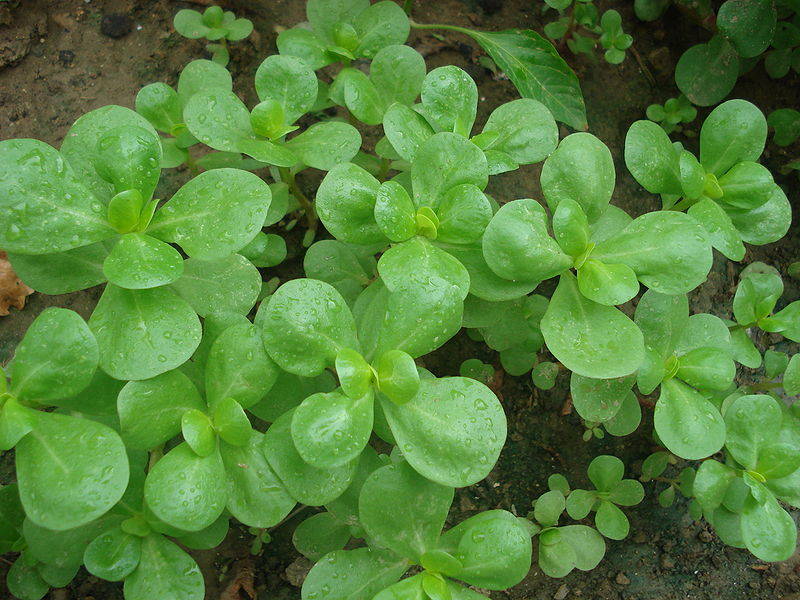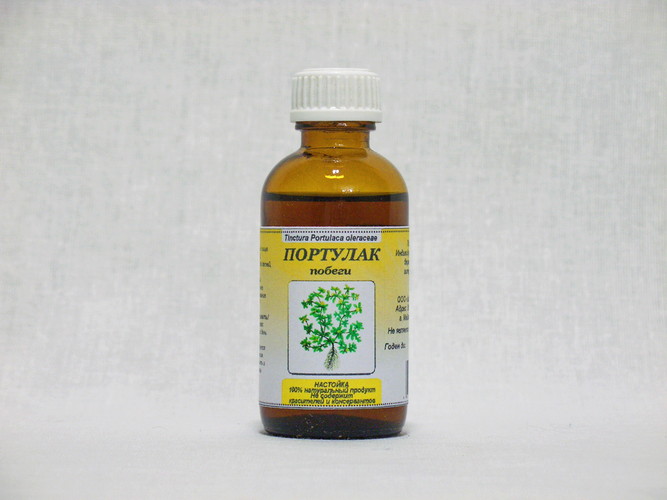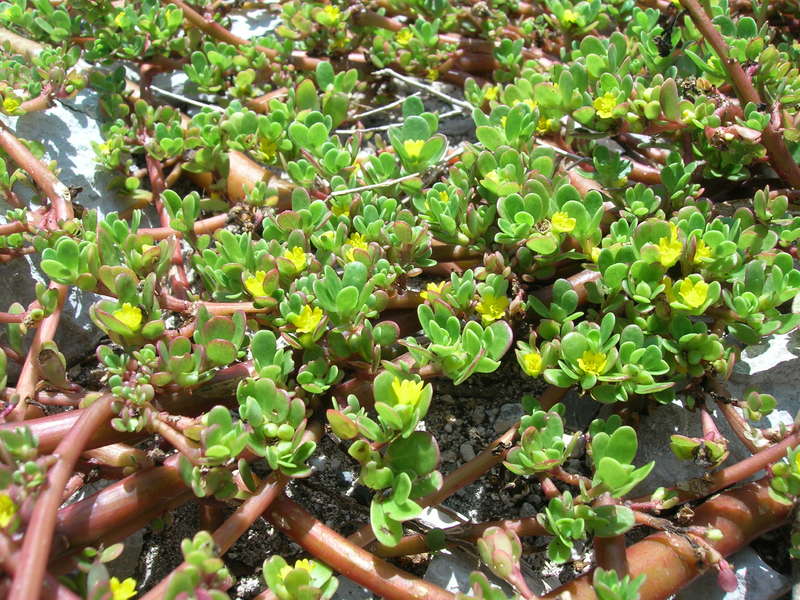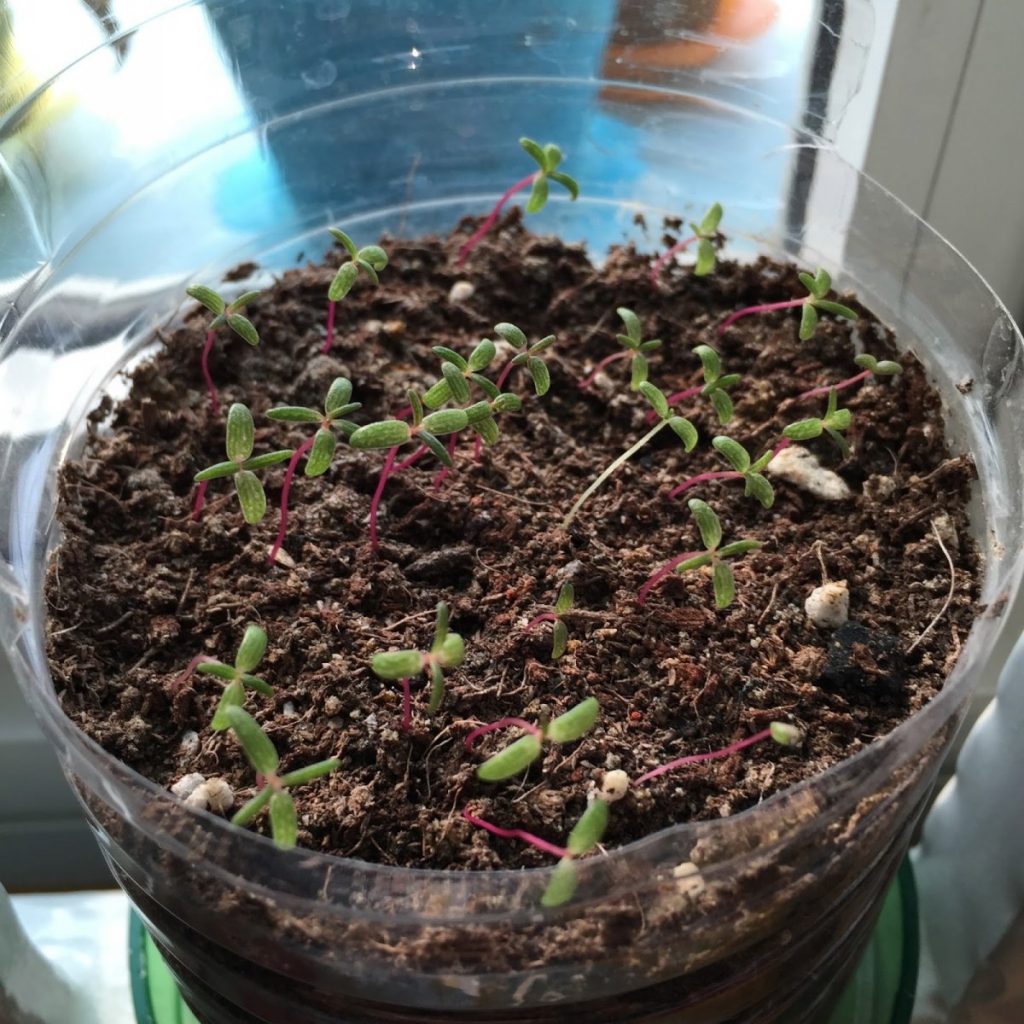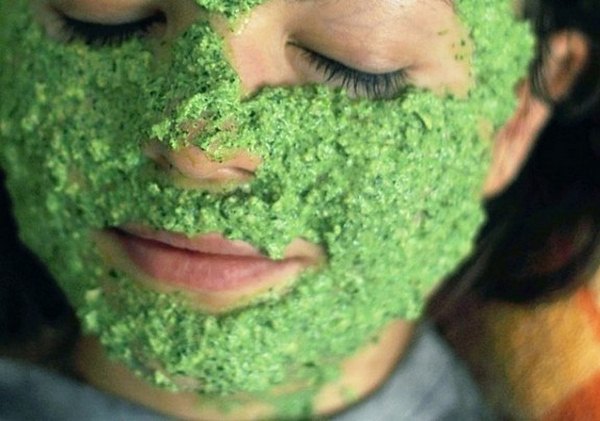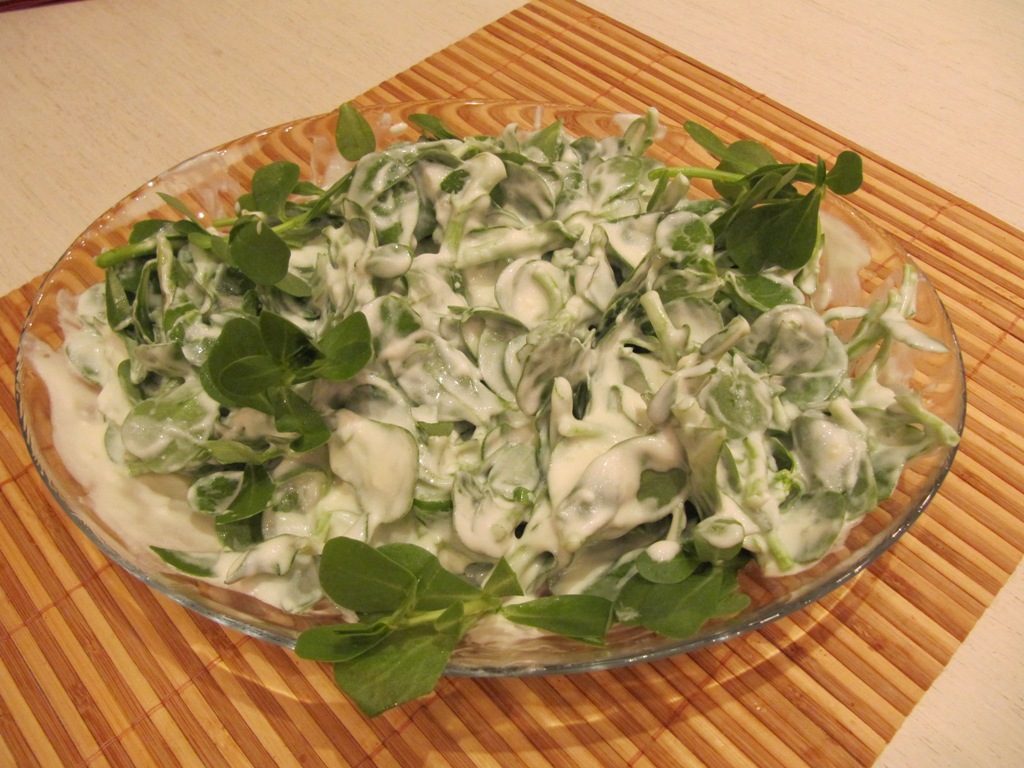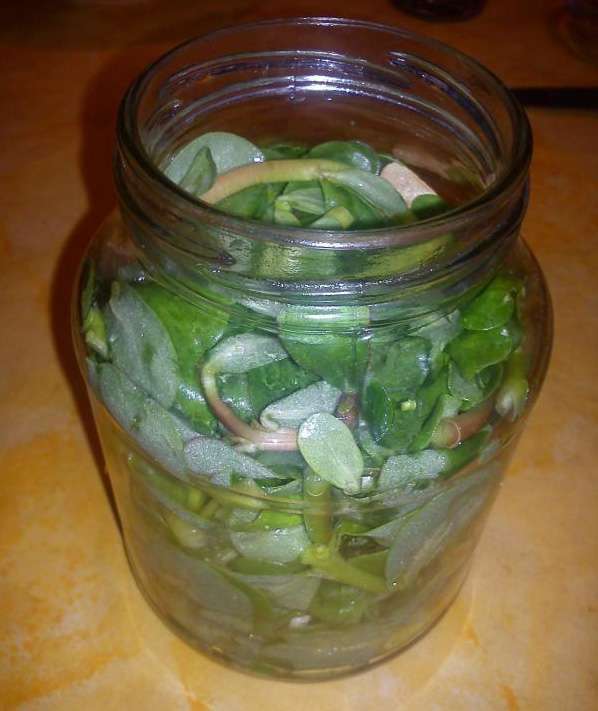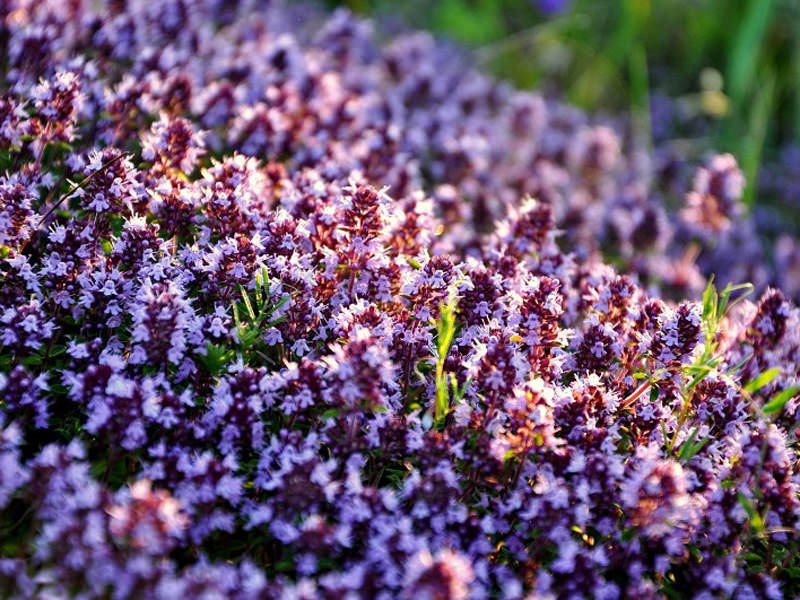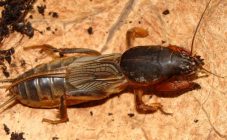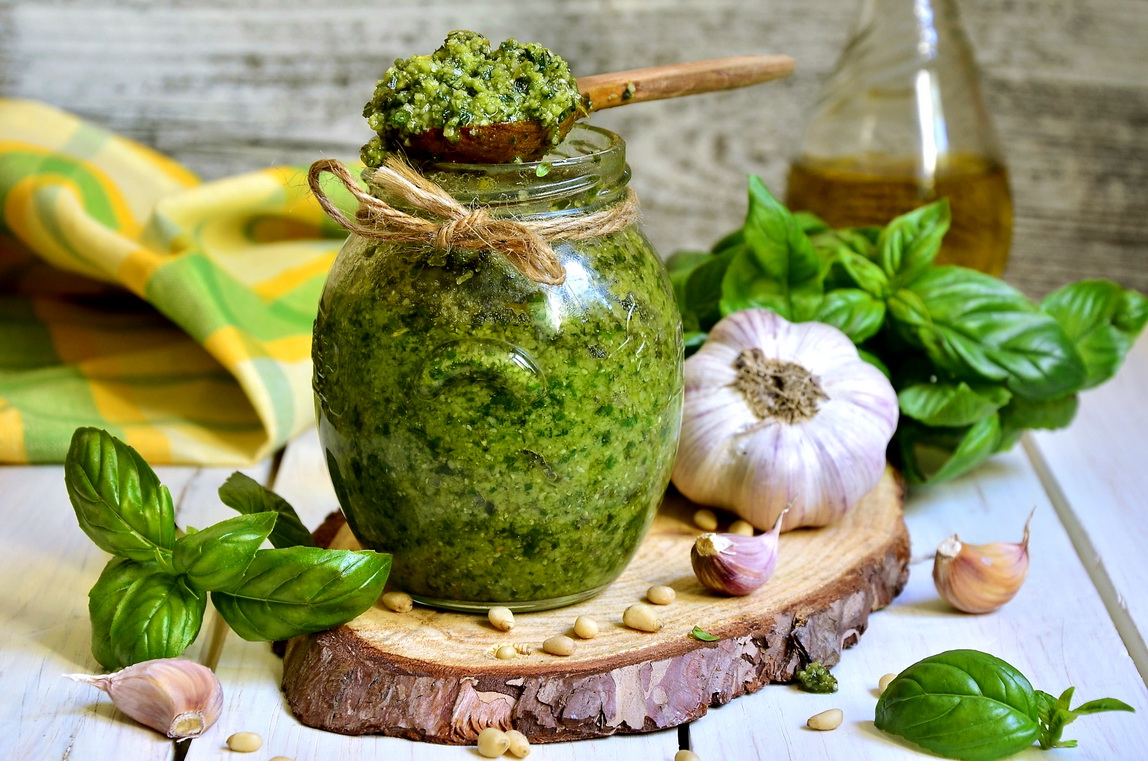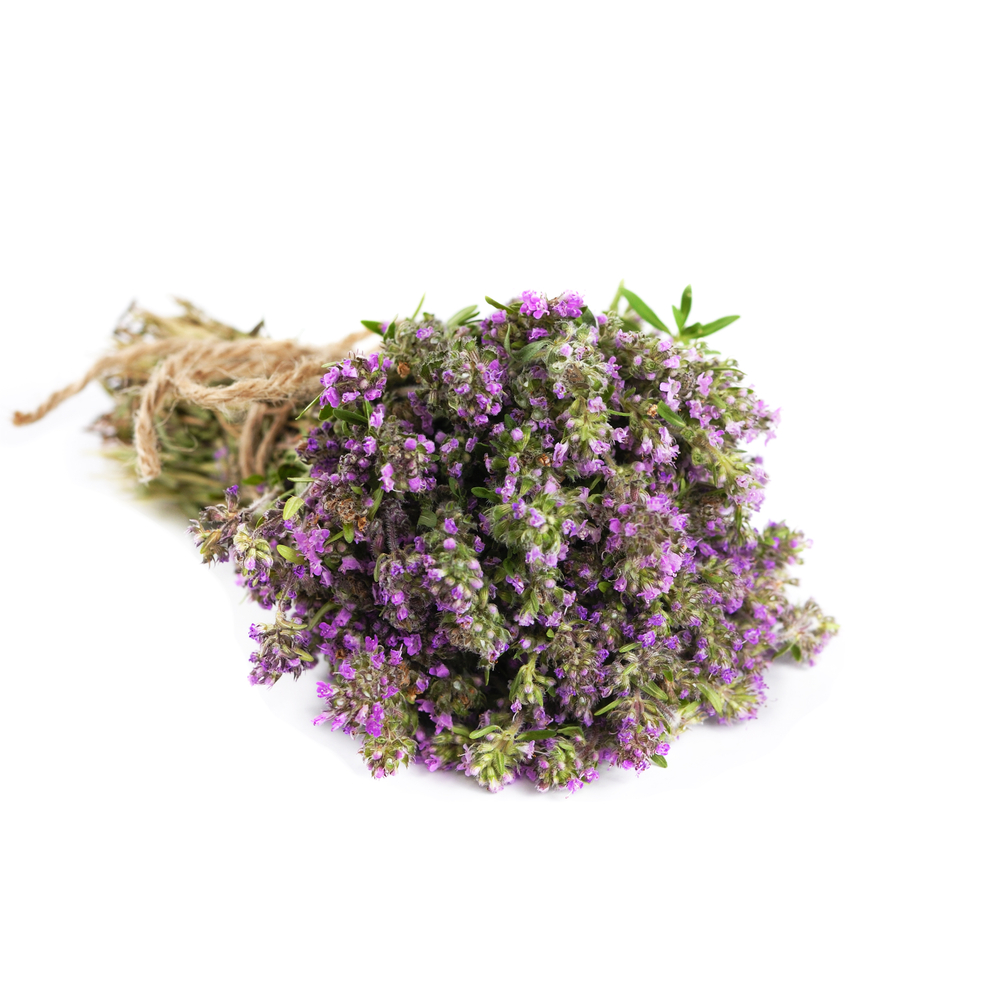Content:
Growing tomatoes, cucumbers, carrots at the summer cottage will surprise no one. But some enthusiasts are not limited to the standard set of cultures. In their garden, you can find rare plants and herbs. One of them is edible purslane, it is also garden. The plant is used in the menu not only for gastronomic purposes. It contains many biologically active valuable substances that have a beneficial effect on human health.
Purslane garden: useful properties
There are many varieties of purslane, but there are only two in culture. Large-flowered purslane refers to ornamental plants and is used to decorate the garden, garden purslane is grown for edible stems and leaves. The plant was first discovered in Western India, and later spread throughout the world.
Not everyone knows what an edible purslane (dandur) looks like. It is a squat plant that does not exceed 40 cm in height, but usually even less. It looks very simple. Dandura begins to bloom in June, when the bushes are covered with small yellow flowers with a diameter of 7-10 mm. Purslane stems are creeping, fleshy and juicy, and the leaves are the same. Actually for the sake of the vegetative part it is grown. Novice summer residents are interested in knowing about purslane, on what soil it grows and what kind of care it needs.
The plant is considered unpretentious, it does not require a greasy soil. Dandur can grow on any land, but prefers sandy soils. From leaving, he only needs watering in dry weather. The beneficial properties of dandur have been known since the time of Hippocrates. In folk medicine, this herb is actively used today. Purslane was also used in dietary nutrition and cosmetology.
Medicinal properties of dandur, its use in traditional medicine
Having decided to grow dandur on your site, it is better to plant it in wooden boxes, which will limit its distribution on the site. The plant reproduces by self-seeding and is very viable. Purslane seeds remain viable for up to 10 years. Many even consider it a weed and fight against it, despite the fact that the plant can be used for the benefit of their health.
Nutritional value and composition of purslane
The calorie content of purslane is very low, which makes it ideal for nutrition for weight loss and can be used in various diets. 100 g of this herb contains only 20 kilocalories. Used / w / y ratio in purslane: 2.03g / 0.36g / 3.39g. The grass contains a significant amount of vitamin C, a large group of B vitamins and significant minerals:
- iron;
- calcium;
- potassium;
- magnesium;
- phosphorus;
- sodium;
- copper;
- manganese;
- selenium;
- zinc.
In addition, the plant is rich in carotenoids, glycosides, fatty and organic acids, flavonoids, saponins, nutrients, coumarins and mucous substances. It is the composition of dandur that provides its healing properties. Is the garden purslane edible and how to eat it correctly will be discussed below.
Medicinal properties of garden purslane
Dandur has a positive effect on a variety of body functions. Plants have the following range of effects:
- Antioxidant.The use of the herb purslane can prolong youth and beauty. This is due to the ability of the plant to remove free radicals and neutralize oxidation products.
- Antiseptic. The substances that make up the purslane destroy the pathogenic microflora, which saves a person from many infections and helps in the treatment of festering wounds.
- Hemostatic. This property allows the plant to be used for bleeding in the stomach and intestines and other internal organs.
- Hypoglycemic. Purslane helps with diabetes mellitus, as it promotes the production of insulin.
- Anti-inflammatory. Taking the herb relieves rheumatism, fever, conjunctivitis, eczema, allergic dermatitis
- Wound healing. Healing of infected wounds occurs due to the combination of antimicrobial and anti-inflammatory effects. Not only skin damage can be treated, but also burns, frostbite, insect bites.
- Anthelmintic. Purslane acts on parasites due to the laxative effect and the effect on the smooth muscles of the worms.
- Lipid-lowering. Due to organic fatty acids in the composition of Dandur, it lowers blood cholesterol levels and prevents the development of atherosclerosis.
How to use purslane?
You cannot buy drugs with purslane in a pharmacy, the plant does not use the official pharmacology. In folk medicine, a decoction and infusion of dandur is used, as well as chopped fresh leaves for the preparation of masks and compresses.
A decoction of the herb is used externally for skin diseases, used to cleanse the liver, get rid of impotence, as a natural choleretic and diuretic. For its preparation, a tablespoon of raw materials is poured with a glass of hot water, brought to a boil and cooked for 10 minutes, and then the dishes with the broth are wrapped for 2-3 hours. After that, the composition is filtered, brought to the original volume with boiled water and used as directed. To take such funds orally before meals, 2 tbsp. spoons 4-5 times a day.
The infusion treats stomach and intestinal ulcers, intestinal disorders, remove toxins. Outwardly, the composition is used to treat skin diseases (various ulcers, psoriasis, lichen). To prepare the remedy, 1 tbsp. pour a spoonful of herbs with a glass of boiling water and let it brew for 1.5-2 hours. The dosage is the same as for the decoction.
Masks made of crushed herbs are used for cosmetic purposes to improve skin condition, eliminate wrinkles, eliminate dryness and flaking. Additionally, it is recommended to add honey, sour cream, olive oil. Dandur gruel can be applied to the scalp to eliminate dandruff and strengthen hair follicles. Before using purslane for a mask or compress, fresh leaves must be chopped in a blender.
Contraindications to the use of purslane
Like any medicinal plant, vegetable purslane has its own contraindications. It should not be used by pregnant and lactating women, people with autonomic disorders and increased nervous excitability.
Heart disease such as bradycardia is also considered a contraindication. In addition, due to the high oxalic acid content, excessive consumption of purslane can lead to joint problems and kidney stones. It is better to refuse to use the plant for those who are prone to seizures.
Dishes from garden purslane
To make sure that purslane is by no means a weed, but a completely edible and tasty plant, you should prepare any dishes from it and try them. Some are interested in whether it is possible to eat the garden purslane raw. You can, the herb serves as a great source of fiber in a salad along with other herbs. What is purslane and what is it eaten with? Those interested can choose any of the following recipes to use purslane for food:
- To make a purslane salad, you need to take 300 g of its leaves, a small bunch of dill and parsley, 2 cloves of garlic, 1 tbsp. a spoonful of lemon juice, salt, 2 tbsp. tablespoons of olive oil. Before cutting the dandur leaves, pour boiling water over them and hold them for 10 minutes. Then the water is drained, all components are crushed, mixed, salt, lemon juice and oil are added. Salad ready.
- Baked purslane with egg. For the dish, young shoots of dandur are used in an amount of 200 g, 2-3 eggs, half a glass of milk, a little grated cheese, 2 tbsp. tablespoons of vegetable oil, salt. Purslane leaves pre-soaked in boiling water are crushed, fried for several minutes in vegetable oil, poured with a mixture of eggs, milk and salt, put in a preheated oven and baked over medium heat for 15-20 minutes. Towards the end of cooking, sprinkle the casserole with cheese. Even children can eat such a dish.
- Pasta for purslane sandwiches. Soak a small bunch of dandur in boiling water, chop finely together with any other herbs, add 100 g of butter and 100 g of grated cheese. The mixture should be thoroughly mixed and refrigerated to harden. Added purslane to the paste, how is this dish? Perfect for a nutritious and tasty snack, just spread the mixture thickly on a slice of whole grain bread.
Growing purslane in your garden, you can get a loyal assistant in the fight against old age and disease. The plant should definitely be planted by those who believe in the healing power of nature and are an adherent of traditional medicine.
